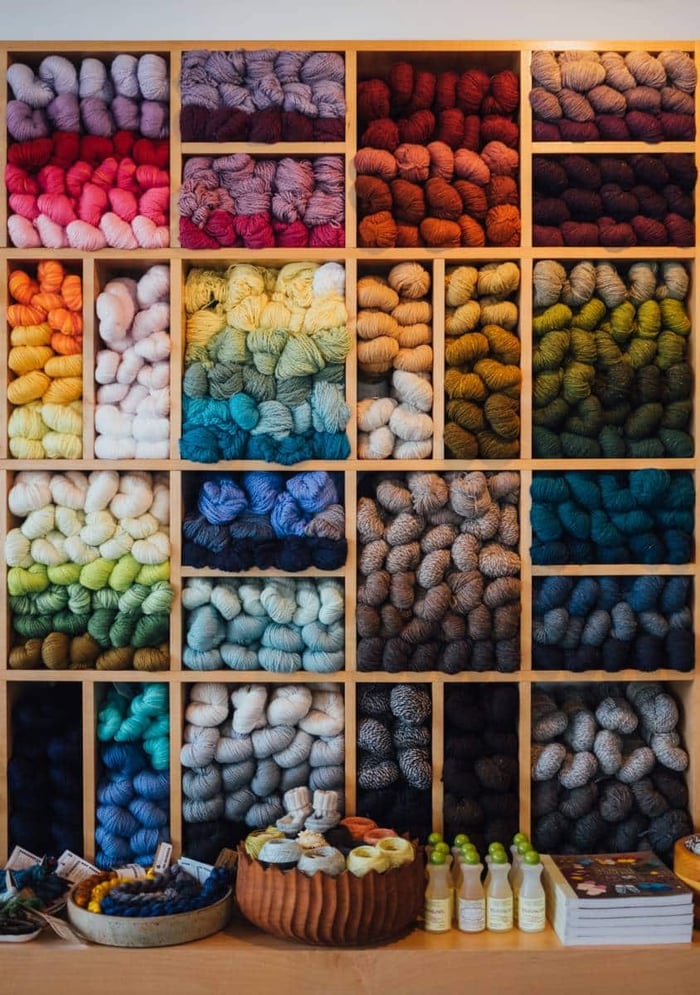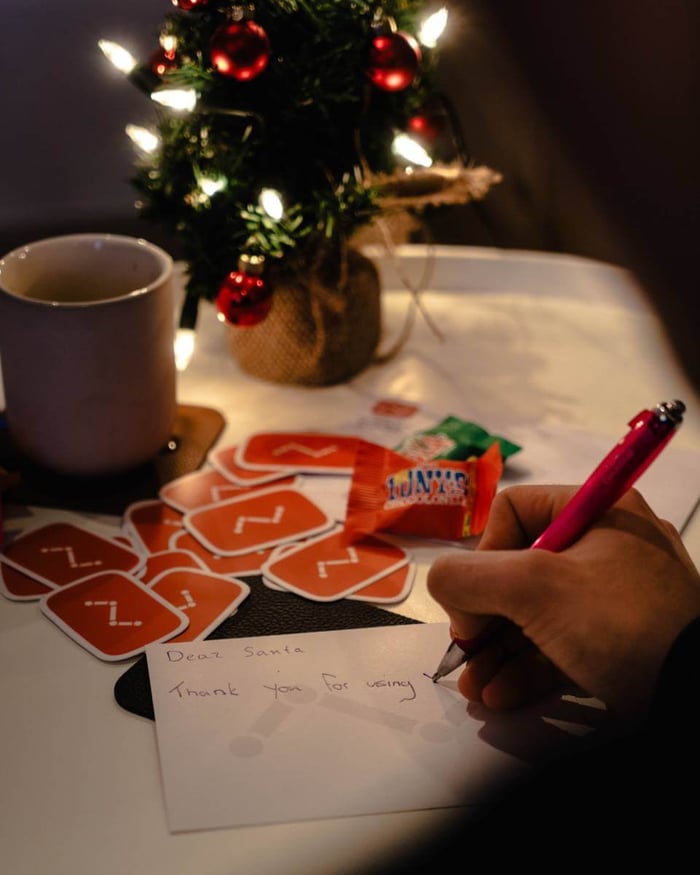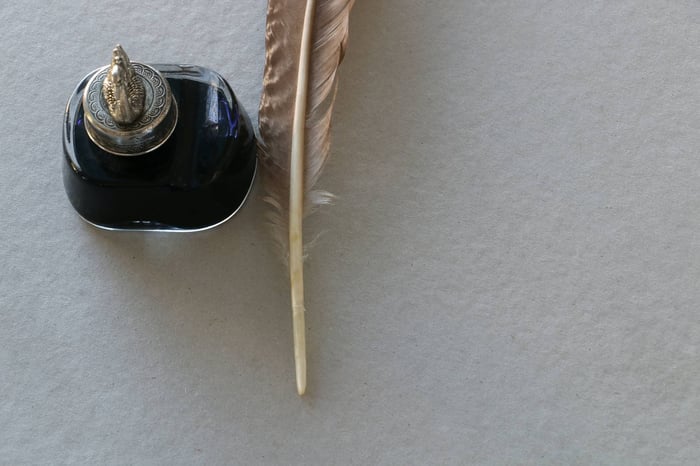Synclinical is pleased to announce the immediate availability of Programs. A programs is a named collection of related inspections. You can think of a program as a folder or a namespace. Typically, inspections are related by product, indication, and/or GXP area. For instance, you might collect a mock inspection and an actual GCP FDA inspection together. Or you might link FDA, EMA, and MHRA inspections for a single compound together. The real value in programs is that these linked inspections share storyboards and labels. This means that the storyboards and labels you create and refine for a mock inspection are now available to the live inspection—there is no longer any need to copy storyboards or recreate labels from inspection to inspection.
From the Beginning
For a new Ready Room account without any programs or inspections, in order to get the ball rolling an admin must click the “New Program” button.  A program is nothing but a name for a group of inspections that you can change at any time. Below is what a home screen might look like after two programs; “Athelas Related Inspections” and “Kingsfoil Initiatives,” are created.
A program is nothing but a name for a group of inspections that you can change at any time. Below is what a home screen might look like after two programs; “Athelas Related Inspections” and “Kingsfoil Initiatives,” are created.  Note that the program names are clickable, and doing so expands and collapses a panel showing all related inspections, storyboards and labels. An admin’s home page is a tabbed view. The “Yours” tab contains only programs that contain inspections of which the admin is a member (at this point, since there are no inspections, that tab is empty). The “All” tab, accessible only to admins, contains a list of all programs. We’ll talk about the “Deleted” tab in a moment.
Note that the program names are clickable, and doing so expands and collapses a panel showing all related inspections, storyboards and labels. An admin’s home page is a tabbed view. The “Yours” tab contains only programs that contain inspections of which the admin is a member (at this point, since there are no inspections, that tab is empty). The “All” tab, accessible only to admins, contains a list of all programs. We’ll talk about the “Deleted” tab in a moment.
Program Membership
Programs do not have any team members of their own. A program’s membership is actually the union of the members of all collected inspections. Adding members to an inspection effectively adds members to the program. All unrestricted team members (i.e., not observers, restricted SMEs, or inspectors) have access to and can be assigned to the program's storyboards.
Inspections
At this point, before creating storyboards or labels, you probably want to create an inspection, if only to add important team members. Inspection creation looks much like it always has with the exception of allowing you to select a program. The default for the program field is the program you were in when you clicked “New Inspection,” but you can select any other.  Nothing about inspections has changed at all, with one small exception: the program name is a clickable link at the top of the inspection board.
Nothing about inspections has changed at all, with one small exception: the program name is a clickable link at the top of the inspection board. 
Storyboards
Similarly, very little about storyboards has changed, outside of the fact that they are now shared across a program’s inspections. If you access a program’s storyboards (either via the “Storyboards” link in the program panel or from any of the collected inspections), you’ll be greeted with the familiar storyboard home screen. The only difference is that the “Copy selected to” button now lists programs (to which the current user has access) instead of inspections.  There’s one additional change when visiting an individual storyboard: When creating a request form that storyboard, what used to be the “Create Request” button is now the “Convert to request in…” button. Clicking it will display all the inspections in this program to which the user has access, and selecting an inspection will create a request in that inspection derived from the storyboard. Note, because an assigned user may not be a member of the target inspection, when creating a request from a storyboard, the assignee is no longer copied across to the inspection board.
There’s one additional change when visiting an individual storyboard: When creating a request form that storyboard, what used to be the “Create Request” button is now the “Convert to request in…” button. Clicking it will display all the inspections in this program to which the user has access, and selecting an inspection will create a request in that inspection derived from the storyboard. Note, because an assigned user may not be a member of the target inspection, when creating a request from a storyboard, the assignee is no longer copied across to the inspection board. 
Labels
Recall that Ready Room previously supported account-level labels that were available across inspections and inspection-level labels that were available to that inspection only. With this release, inspection-level labels have been promoted to the program level. This means that you can have an account-level label, such as “Urgent,” that’s generally available and a program-level label, such as “Data Management,” available to just the inspections in a program. From a UI perspective, however, nothing meaningful has changed.
Moving Inspections
If you need to move an inspection to another program, you can, simply by editing the inspection and selecting a different program. There are two implications to this, however. 1. If the program you're moving an inspection from has storyboards assigned to a user that exists only in the moved inspection, they will be removed from the storyboard since the user is no longer part of the program. 2. All program-level labels will be removed from the moved inspection.
Edit and Delete Programs
You can edit a program (change its name) by clicking on the edit icon to the far right of the program name. You can also delete a program by clicking the red ⨉ icon, but only if the program has no inspections associated with it. A deleted program is not physically deleted, it is simply moved out of the way. Admins can access them from the “Deleted” tab, and restore them if needed. Note, the storyboards and labels of deleted programs remain accessible to admins.
Non-Admins
Team members, i.e. users without admin privileges, will not see a tabbed view of existing programs. Instead, they will see only the programs that contain inspections to which they have been invited, and only those inspections will be visible and accessible. That is, if a program contains two inspections, and a user is a team member of just one of them, they will only see that one inspection. Team members cannot edit or delete programs, inspections, or labels. A program’s storyboards are accessible to all team members who have unrestricted personas (i.e., not observers, restricted SMEs, or inspectors) in at least one contained inspection.
Existing Customers
Since every inspection now needs a parent program, and since there is no way to automatically infer which existing inspection may be related to any other, we have automatically created one program for every existing inspection. By default the program name is the same as the inspection name with the word “program” appended to it. For many users, this will be fine. But if you need to, you can—as described above—clean things up a bit by:
- Editing the program names
- Moving inspections to other programs
- Copy storyboards to other programs
- Deleting now empty programs
End Program
We hope you find the ability to link inspections and share storyboards and labels valuable. We trust you will, since it was your idea.



